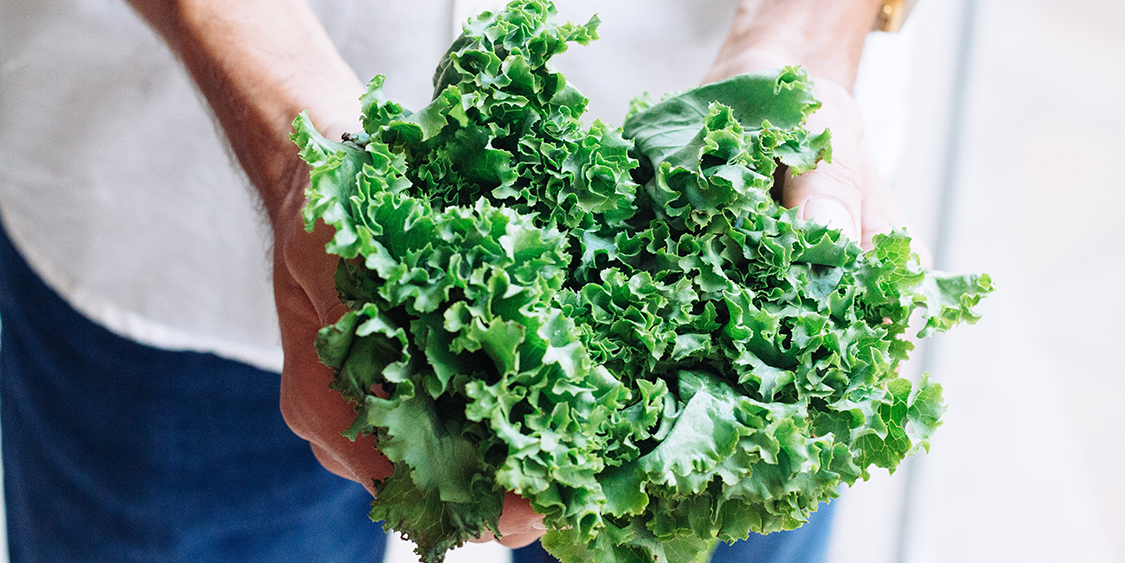
Every food manufacturer has its own controls in place to ensure that the food and beverages they produce don’t harm consumers. However, even the most discerning and organized companies can mistakenly sell products that cause injury or illness.
In the event an unsafe food product leaves the control of the manufacturer or is in violation of safety legislation (referred to as violative products in various regulations), the product must be removed from the market in what’s referred to as a recall.
Here are the steps that would need to be taken in order to navigate through the event of a food recall:
Recall Methodology
When a company is tasked with a recall, they must remove potentially dangerous or non-compliant products from the market as soon as possible. Throughout the recall, it’s the CFIA’s job to inform the public, oversee the implementation of the recall and verify that the company or industry has removed recalled products from store shelves.
While the specific actions taken during a recall can differ depending on the severity of the issue, recalls account for the following:
1. Decision-making—Based on Health Canada’s HRA, the CFIA determines the most appropriate action, including whether or not to recall the product at all. If a recall is necessary, the CFIA decides what class to assign to the recall based on the results of the HRA:
-
- Class I (High Risk): There is a high risk that eating or drinking the food product will lead to serious health problems or death.
- Class II (Moderate Risk): Eating or drinking the food product will most likely lead to short-term or non-life-threatening health problems. The chance of any serious health symptoms is low in healthy populations.
- Class III (Low and No Risk): Eating or drinking the food product will not likely result in any undesirable health effects. This category can include food products that pose no health and safety risk, but do not comply with relevant laws (e.g., a product has more than the allowed level of an additive or preservative).
2. Recall implementation—When a recall is necessary, the CFIA will ask the affected company to initiate a voluntary recall. From there, the company must contact any distributors or retailers who may have received the recalled product. The CFIA is available to provide guidance or assistance throughout the recall implementation process, if needed.
3. Informing the public—Informing the public about high-risk recalls is an important step, as consumers may unknowingly have a dangerous product in their homes. Depending on the class of recall, the CFIA will issue an alert to the media. It is also the CFIA’s job to make recall information available on their website, email list, Twitter, Facebook, webfeeds, widgets and mobile app.
4. Recall verification—If food has been recalled, it is the responsibility of the affected company or industry to remove it from the marketplace. The CFIA regularly conducts effectiveness checks to verify that unsafe food has been removed from store shelves.
5. Follow up—The CFIA reserves the right to heighten oversight and testing for a defined period of time. In addition, they may review standards, policies, or work with industry sectors and foreign countries to address trends that go beyond a particular company, sector or recall. After a recalled product is removed from the marketplace, the CFIA will continue to work with the processor, manufacturer or importer to ensure that any problems that led to the recall are resolved.
Find Out More:
The Canadian food supply is one of the safest in the world. However, no food safety system can guarantee a zero risk of failure.
At any point in production, food can become contaminated with bacteria, viruses, parasites, chemicals, undeclared allergens, or harmful materials like glass or metal fragments.
Assessing your exposures and taking the appropriate precautions can go a long way toward protecting your manufacturing business. Download our “Food Recall Guide: Creating and Implementing a Food Recall Plan” for an in-depth guide of more ways to minimize gaps in your risk management in the event of a food recall:


